Wafer butterfly valves are designed to prevent the pressure difference created by fluid flowing in two directions. Wafer butterfly valves use tight seals to To prevent backflow in systems where the water should flow one way. This is achieved by combining a flat valve face on the upstream and downstream parts of the valve with a tightly fitting seal, like an O-ring, gasket, or precision machined seal. Read More…
Butterfly Valves & Controls, Inc. has been a premier supplier of quality butterfly control valves and other related industrial components for 25 years. We carry only the best parts sourced from world-class butterfly valve manufacturers. Extended service life and safe operation are at the core of every valve manufactured/assembled. Our catalog includes a large selection of valves, actuators,...
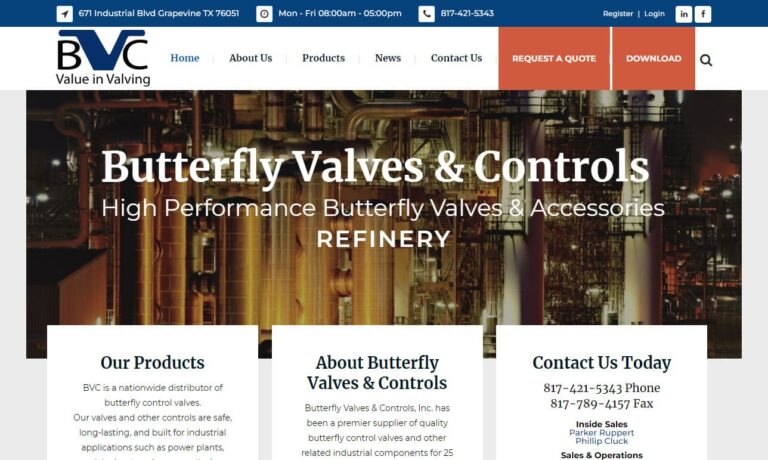
MDC Vacuum Products manufactures vacuum components. Our butterfly valves are low outgassing. The Del-Seal™ mini butterfly valves have a stainless steel internal surface, aluminum handle, metal seal or elastomer O-ring seal flange. Our Kwik-Flange butterfly valves are ISO KF flanges. Seal kits are available.

Nor-Cal Products is a leading distributor and manufacturer of isolation and throttling butterfly valves. Products and components are used for semiconductor, research and thin film deposition applications, as well as many others. We have earned worldwide recognition for our quality stainless steel butterfly valves.
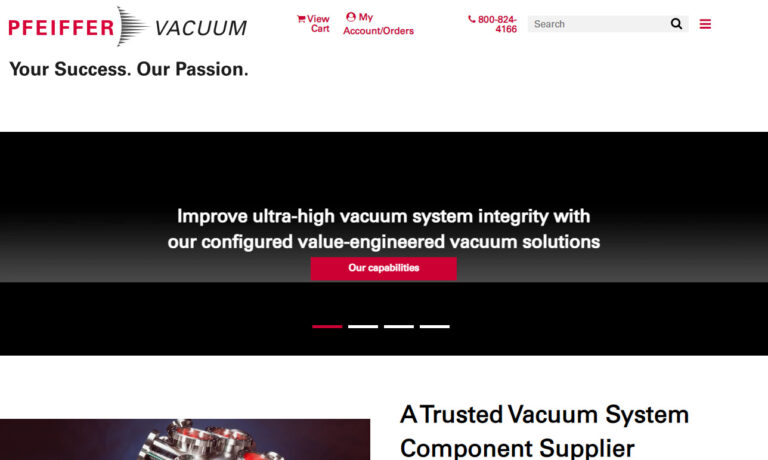
DynaQuip Controls has been committed to producing excellent products for more than 40 years. We provide both automatic and manual ball valves. Some of our ball valve products include stainless steel ball valves, brass ball valves, high pressure, 2 and 3 way ball valves, screwed-body and mini valves.
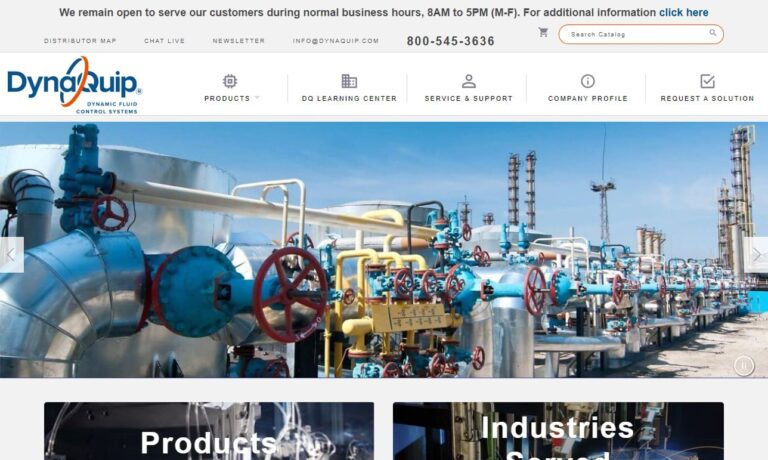
More Wafer Butterfly Valve Manufacturers
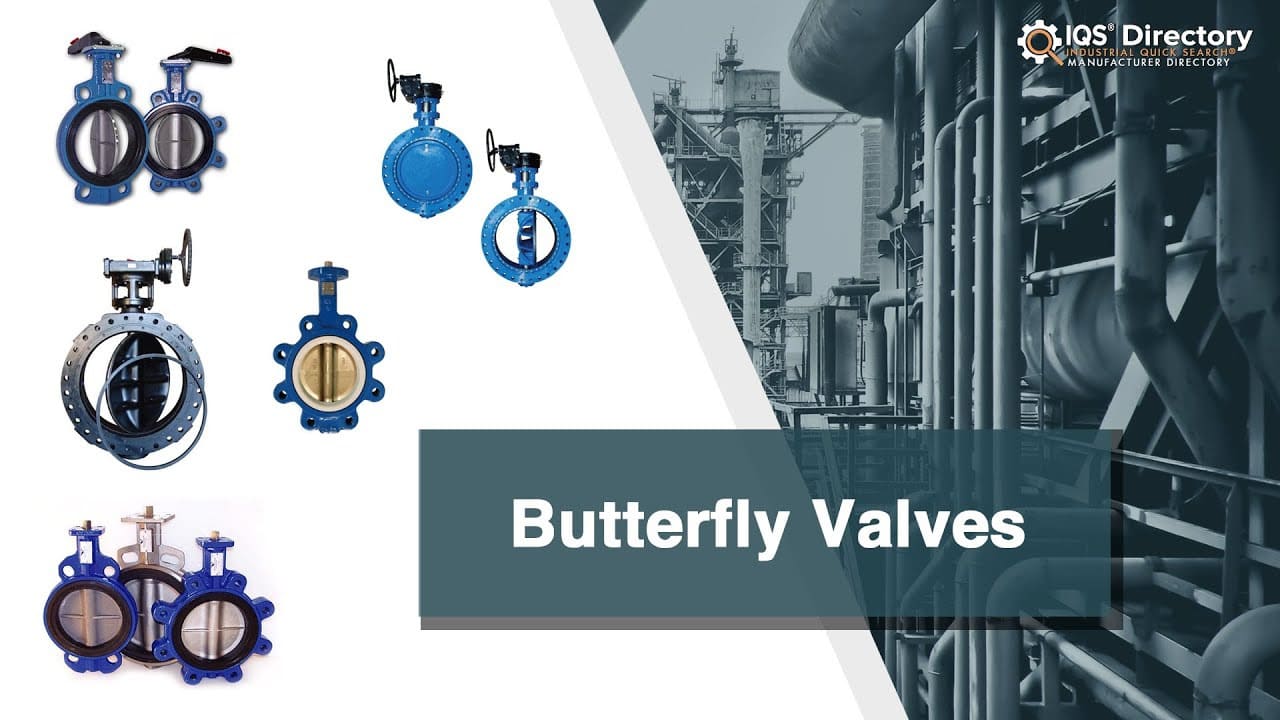
Butterfly valves fall within the "quarter-turn" valve category. The valve opens or shuts when the metal disk that is a component of its construction is turned a quarter turn. A rod is connected to the disk, sometimes known as the "butterfly." The disk spins (a quarter turn) when the butterfly valve is fully opened, permitting almost unhindered fluid flow.
To decrease flow, you can also turn the valve gradually. The valve may be closed by turning the butterfly (disk), which stops the flow of fluid. This is because, no matter what position it is in, the disk is always perpendicular to, or parallel to, the flow, causing the pressure to diminish.
How Wafer Butterfly Valves Work
Wafer butterfly valves are made up of a control lever, a circular disk, and a seal that wraps around the pipe wall. Turning the lever causes the disk of the wafer butterfly valve to spin ninety degrees. The valve is in an open state and allows all gasses and liquids to pass when the disk is parallel to the direction of the water flow. The disk spins to a position parallel to the water flow when the handle is turned. The disk is tightly seated in the seal in this closed condition, which prevents any pipe flow.
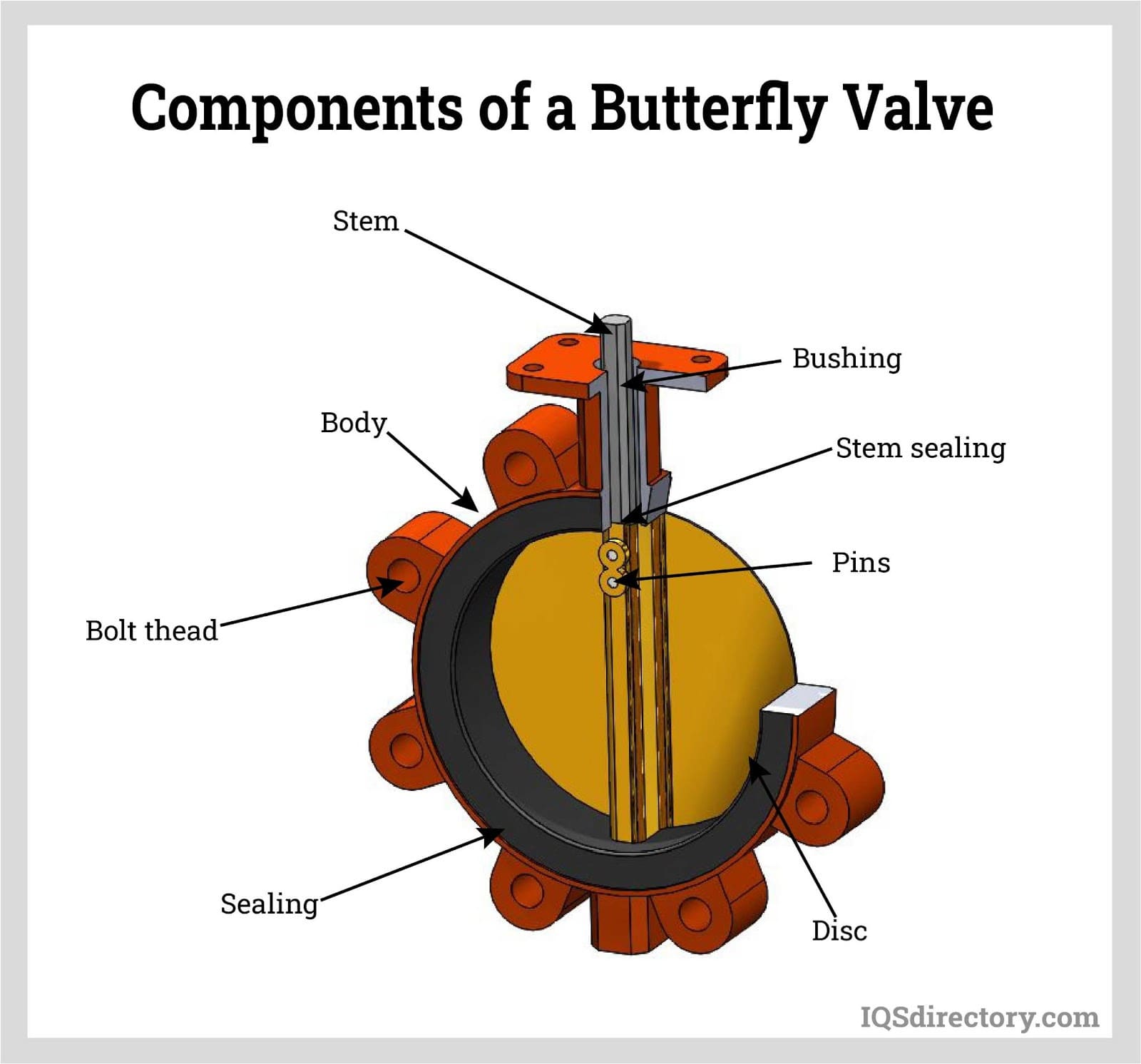
Design and Customization of Wafer Butterfly Valves
Butterfly valves with lug versions are similar to 3-piece ball valves in that one end of the line may be removed without affecting the other side. Threaded inserts, flanges, and two sets of lugs (bolts) that don't require nuts, since each flange has its own bolts, can all be used to accomplish this. It's also crucial to remember that, unlike with a typical wafer butterfly valve, lug butterfly valves may be cleaned, inspected, repaired, or replaced without the need to shut down the entire system.
The two aforementioned styles are different from one another in a few ways. The wafer version requires nuts and bolts, but the lug butterfly valve design includes threaded inserts and may be fitted using nuts but no bolts. Both are fastened together using flanged butterfly valves, with the centerpiece screwed into the junction of the pipe and shielded by the expanded edges of the flanges, which act as an effective and tight seal. In general, wafer valves are good against backflow, but the lug design is used more frequently in circumstances where the pipes may have to be isolated without affecting the other side.
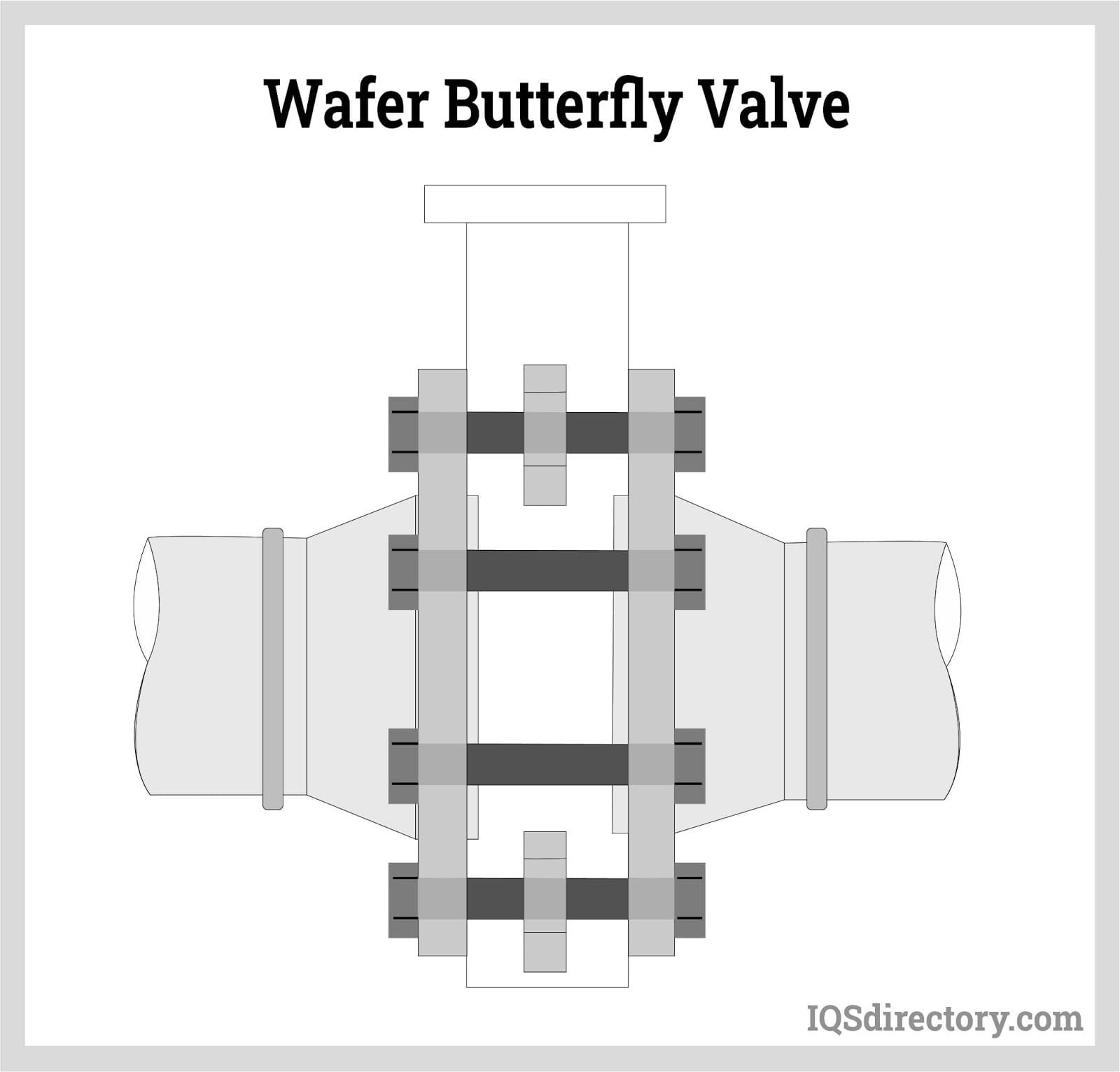
The wafer design is more common due to the predominance of the uni-directional system preference. The sole drawback of wafer butterfly valves is that they cannot be repositioned, in contrast to lug designs. Both designs may now be made to fit flawlessly thanks to improvements in machining processes, resulting in the most accurate and leak-free valve imaginable.
Stainless steel, plastics, as well as other metals are just a few of the materials that may be used to create wafer butterfly valves. Despite being less expensive than metals, plastic is not as frequently utilized because it is more susceptible to corrosion. Aluminum is a lightweight, flexible metal that is occasionally used to make the gasket component of the valve.
Types of Wafer Butterfly Valves
There are three primary types of butterfly valves, namely: zero, double, and triple offset butterfly valves.
Zero Offset Wafer Butterfly Valves
The tightening issues that might arise between the butterfly valve's disk and seat are addressed by these valves. The stem and disk of the valve are located in the middle, and when the disk deforms the soft seat, creating full friction during the whole working cycle, a seal is created. This valve can handle applications including chemicals, coatings, food, certain solids, and abrasives. One benefit is that since the valve seat covers the body, the majority of the media passing through the valve won't come into touch with it.
Double Offset Wafer Butterfly Valves
The stem center is offset from the disk and valve centers in the double-offset construction. Due to the structure's ability to allow the valve disk to exit the valve seat rapidly, needless over-compression and scraping between them are significantly diminished. Additionally, this structure contributes to slowing down the wearing process and extending the valve's useful life. The elimination of scraping also makes it possible for these valves' seats to be built of metal, extending the spectrum of high-temperature applications for butterfly valves.
Triple Offset Wafer Butterfly Valves
The triple offset design prevents the seat and seal ring from rubbing against each other throughout the flow path, decreasing seat and seal wear and prolonging cycle life. Triple offset butterfly valves are used in situations where gate valves are used, such as when a metal seat, tight shutoff, and/or quarter-turn actuation are required. However, triple offset butterfly valves can operate more frequently and more quickly than gate valves, even in emergency situations where there is an emergency shutoff. It is advised to use this valve, which has low torque, in both high- and low-temperature applications.
Choosing the Proper Wafer Butterfly Valves Company
To make sure you have the most constructive outcome when purchasing Wafer Butterfly Valves from a Wafer Butterfly Valves Supplier, it is important to compare at least 5 Suppliers using our Wafer Butterfly Valves directory. Each Wafer Butterfly Valves Manufacturer has a business profile page that highlights their areas of experience and capabilities and a contact form to directly communicate with the manufacturer for more information or request a quote. Review each Wafer Butterfly Valves business website using our patented website previewer to get an idea of what each company specializes in, and then use our simple RFQ form to contact multiple Wafer Butterfly Valves companies with the same message.

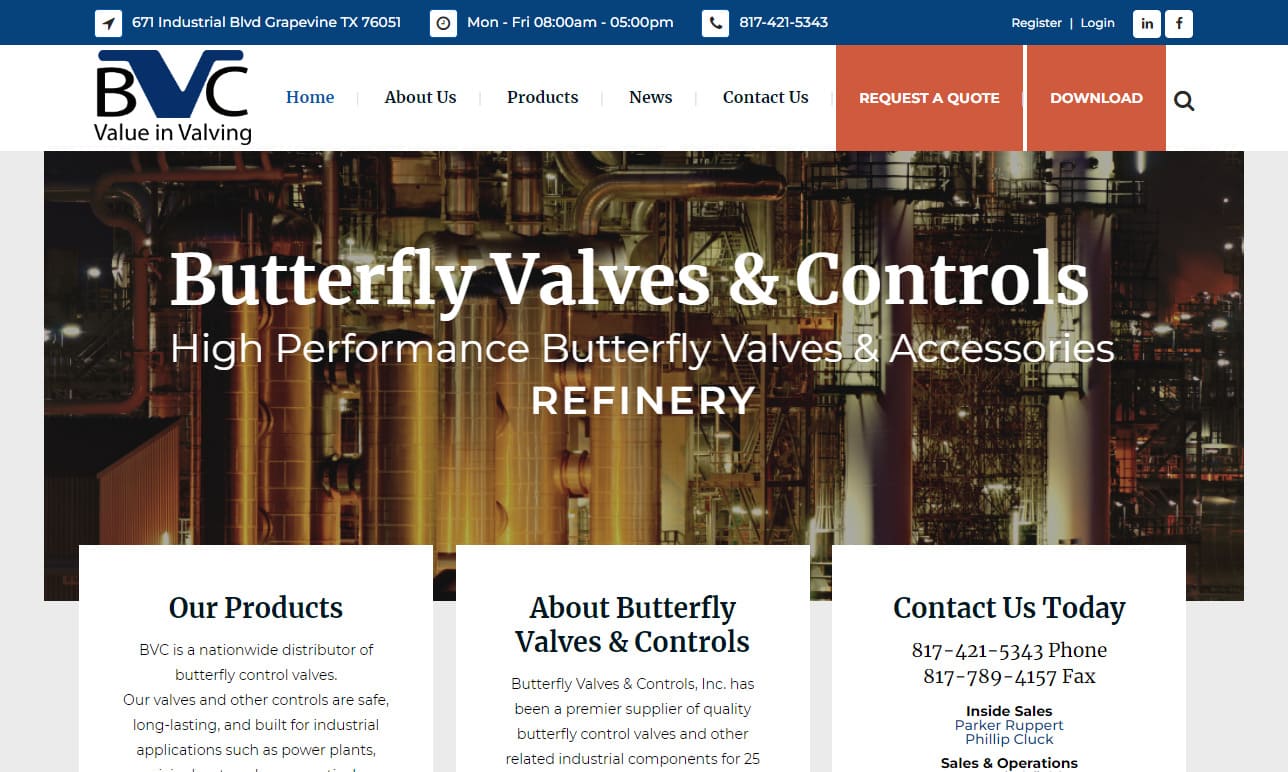

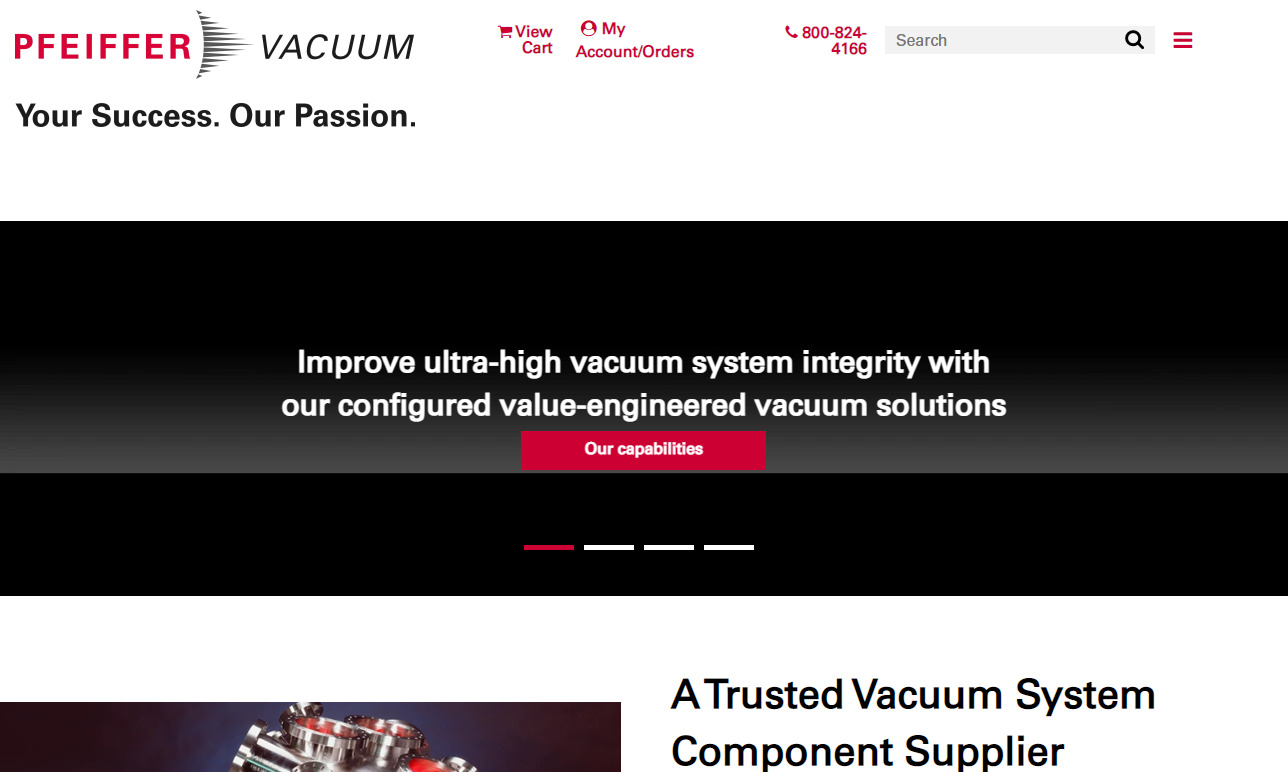
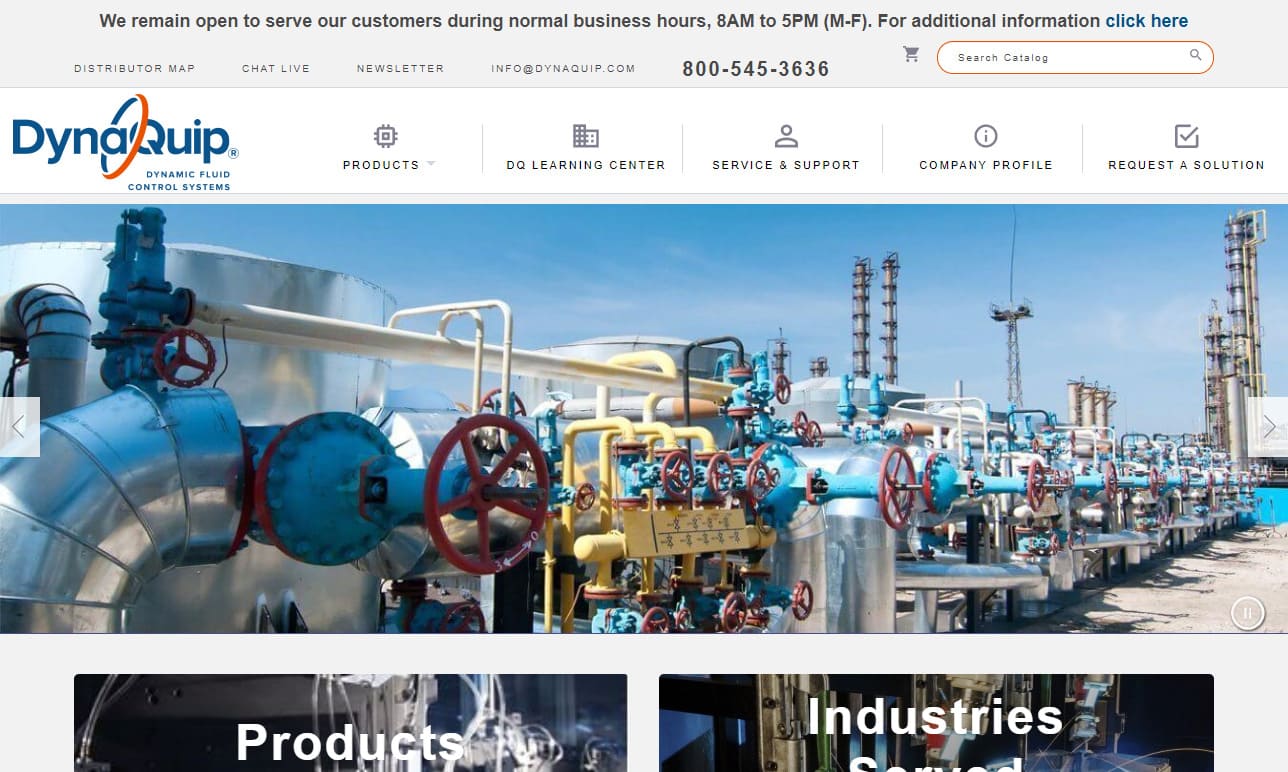

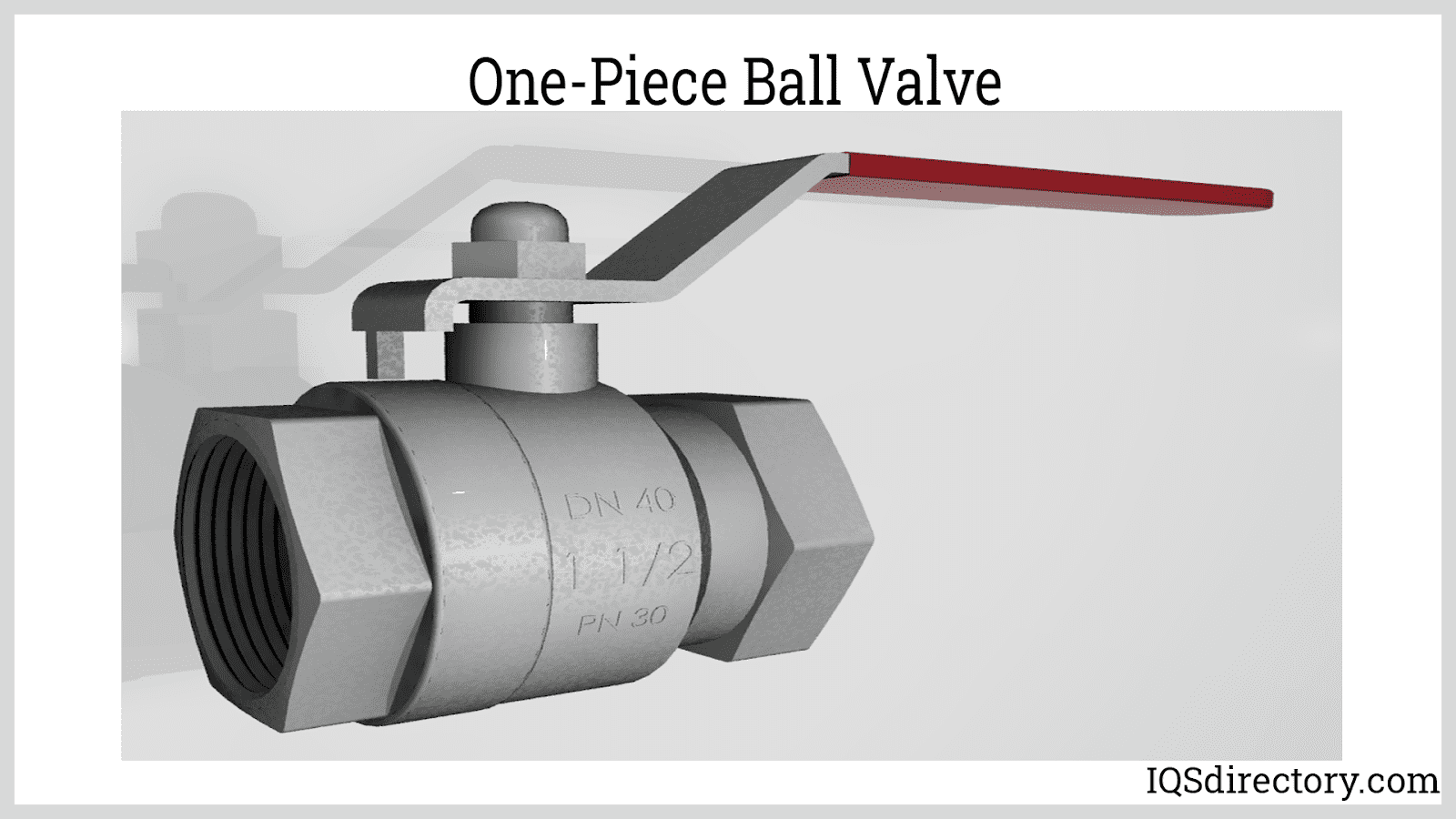
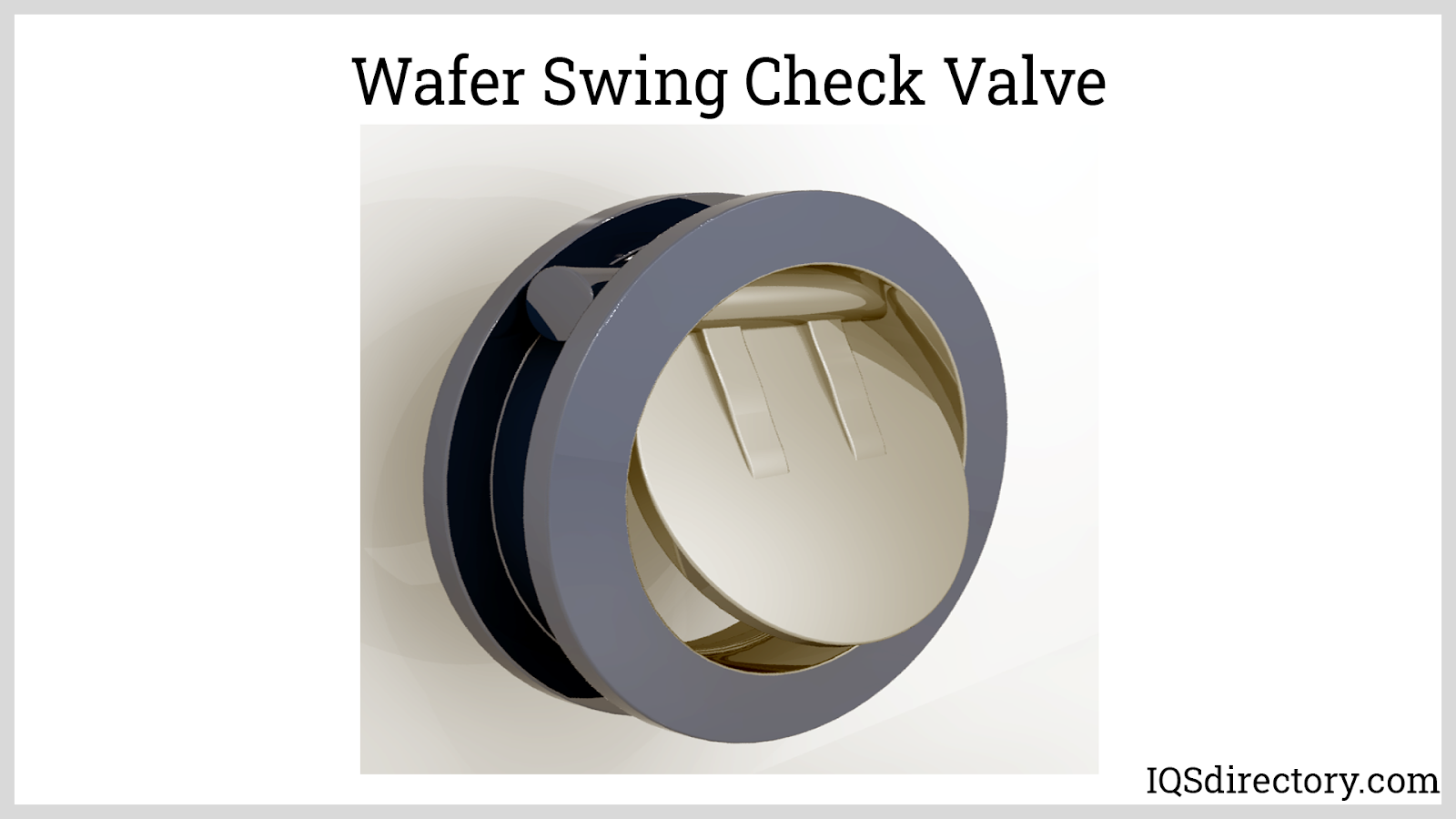
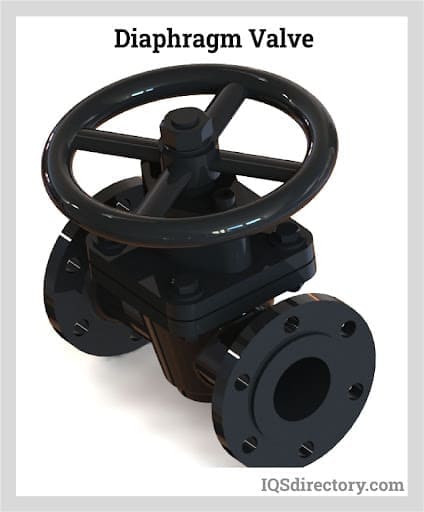
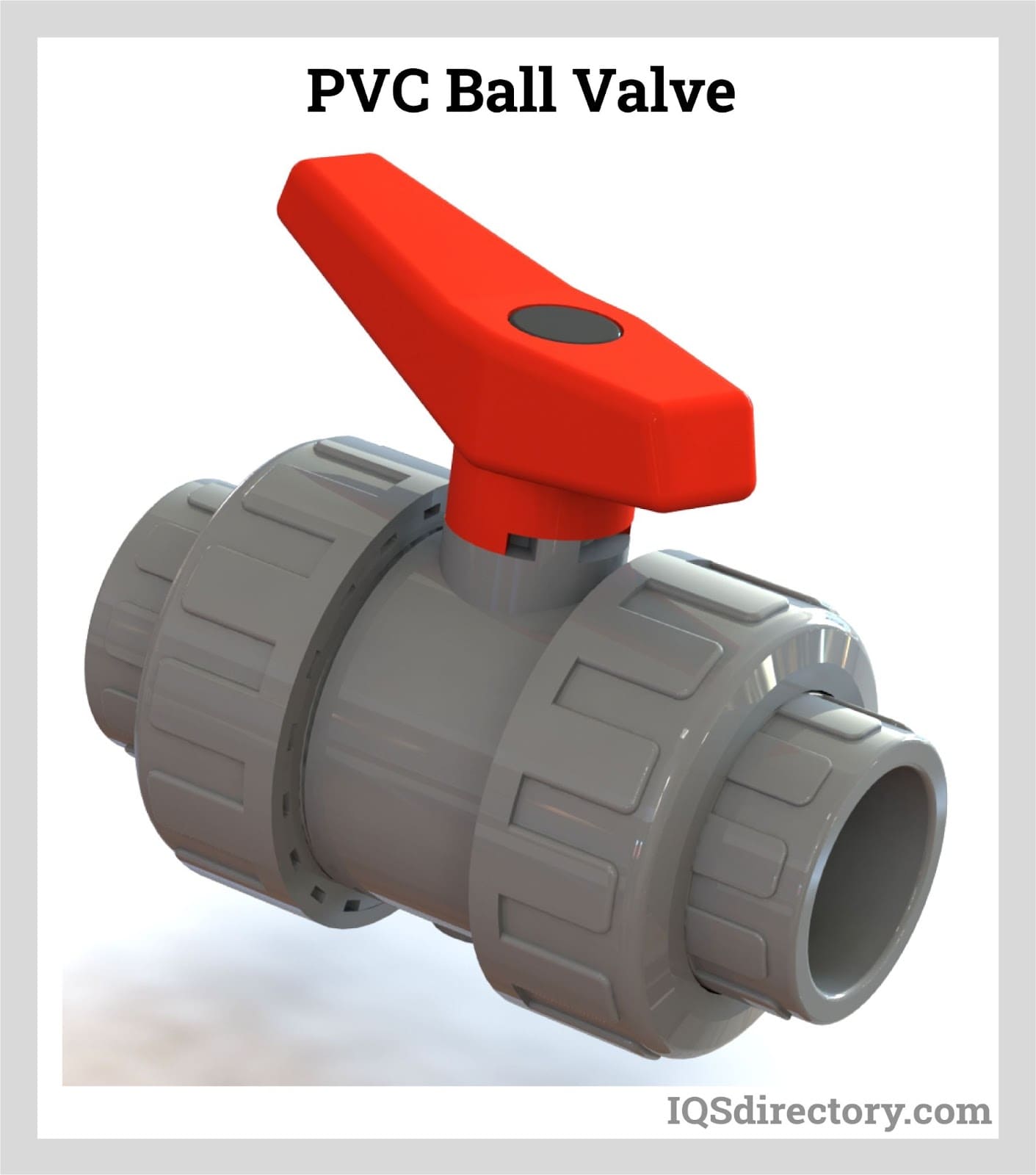
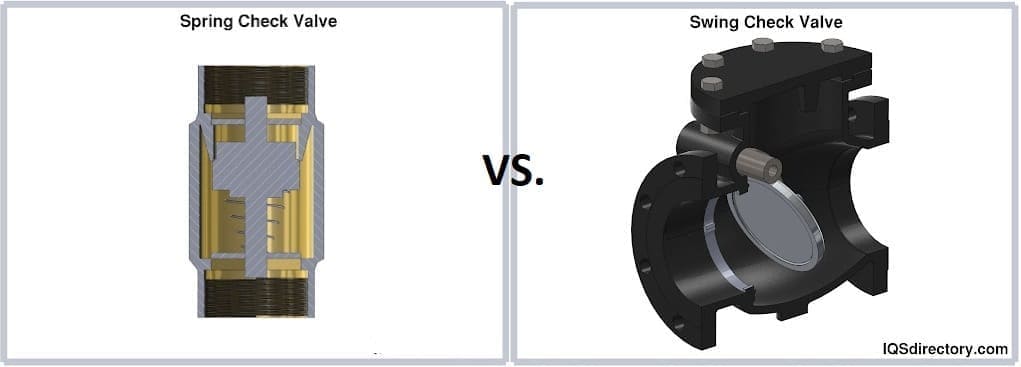
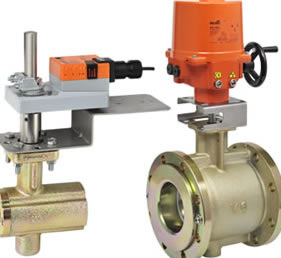 Ball Valves
Ball Valves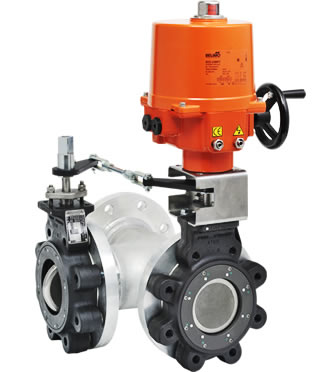 Butterfly Valves
Butterfly Valves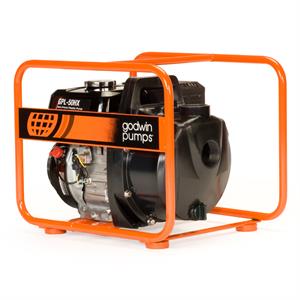 Centrifugal Pumps
Centrifugal Pumps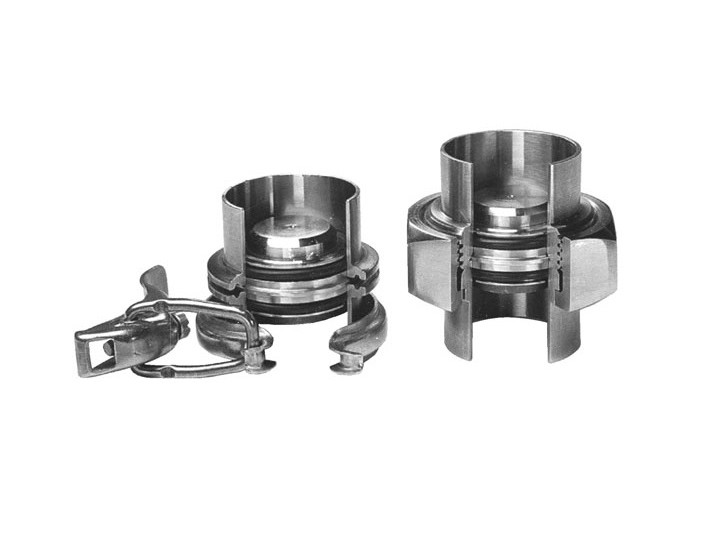 Check Valves
Check Valves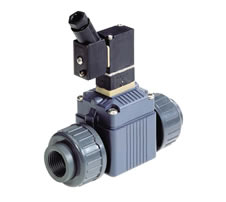 Diaphragm Valves
Diaphragm Valves Flow Meters
Flow Meters Hydraulic Pumps
Hydraulic Pumps Hydraulic Valves
Hydraulic Valves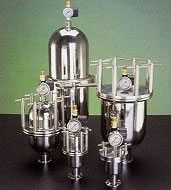 Metering Pumps
Metering Pumps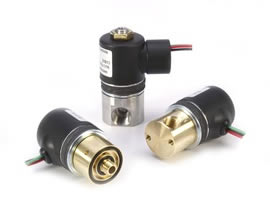 Solenoid Valves
Solenoid Valves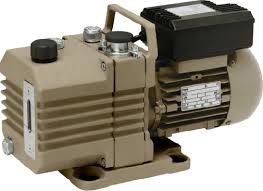 Vacuum Pumps
Vacuum Pumps Castings & Forgings
Castings & Forgings Bulk Material Handling
Bulk Material Handling Electrical & Electronic Components
Electrical & Electronic Components Flow Instrumentation
Flow Instrumentation Hardware
Hardware Material Handling Equipment
Material Handling Equipment Metal Cutting Services
Metal Cutting Services Metal Forming Services
Metal Forming Services Metal Suppliers
Metal Suppliers Motion Control Products
Motion Control Products Plant & Facility Equipment
Plant & Facility Equipment Plant & Facility Supplies
Plant & Facility Supplies Plastic Molding Processes
Plastic Molding Processes Pumps & Valves
Pumps & Valves Recycling Equipment
Recycling Equipment Rubber Products & Services
Rubber Products & Services